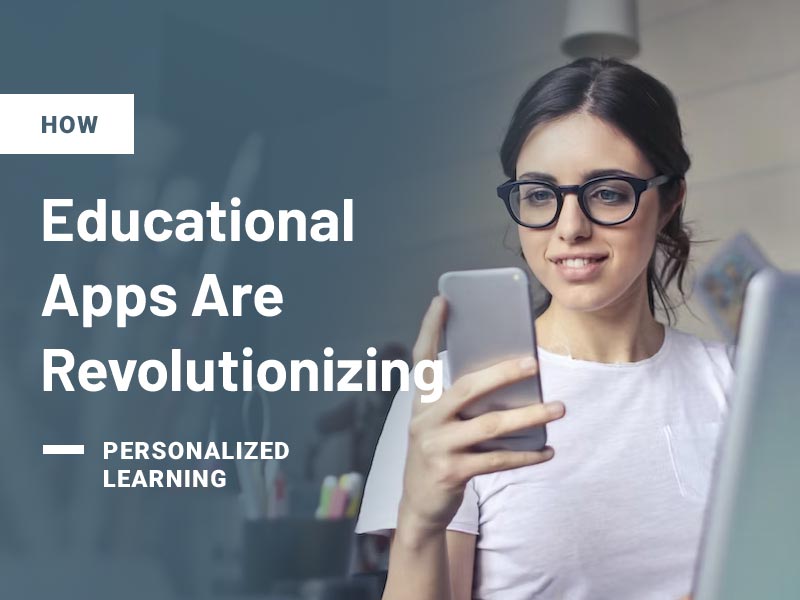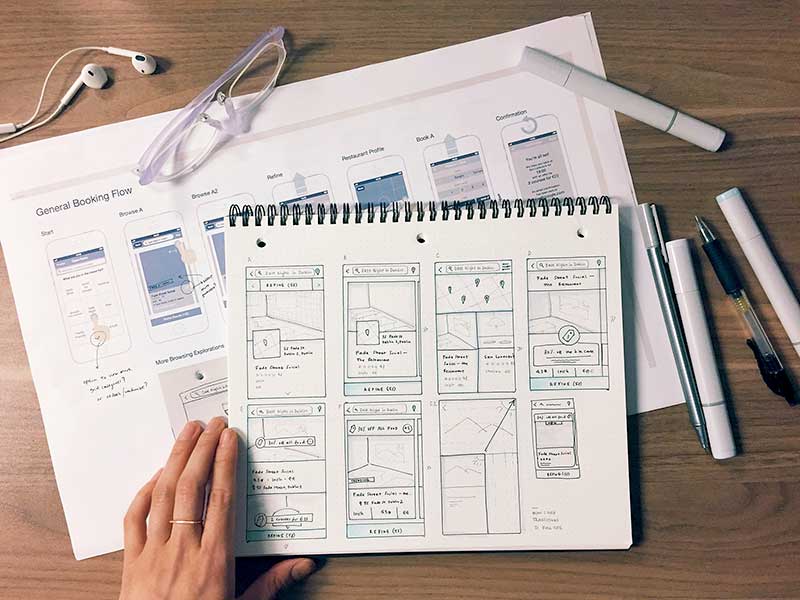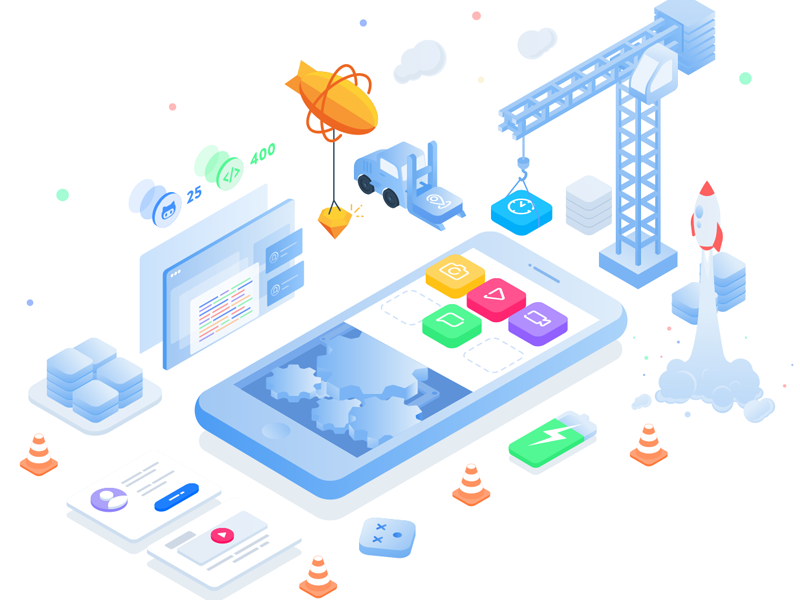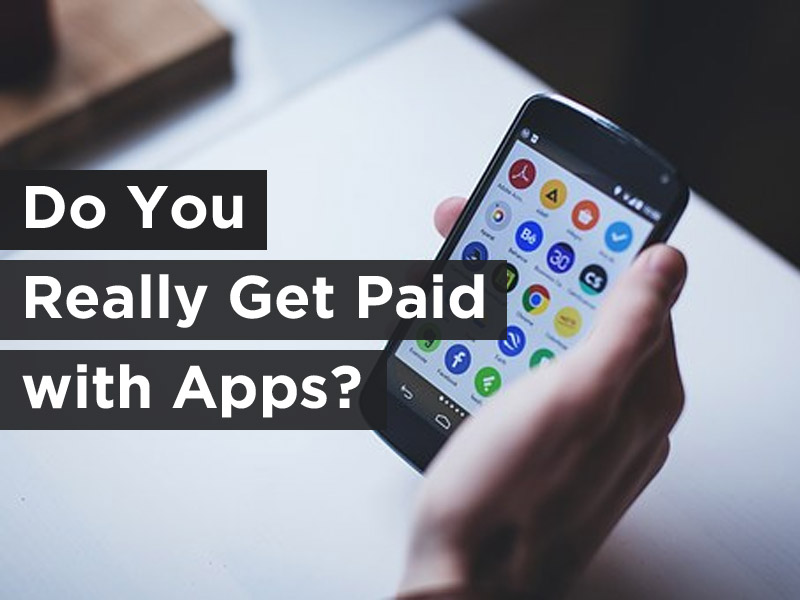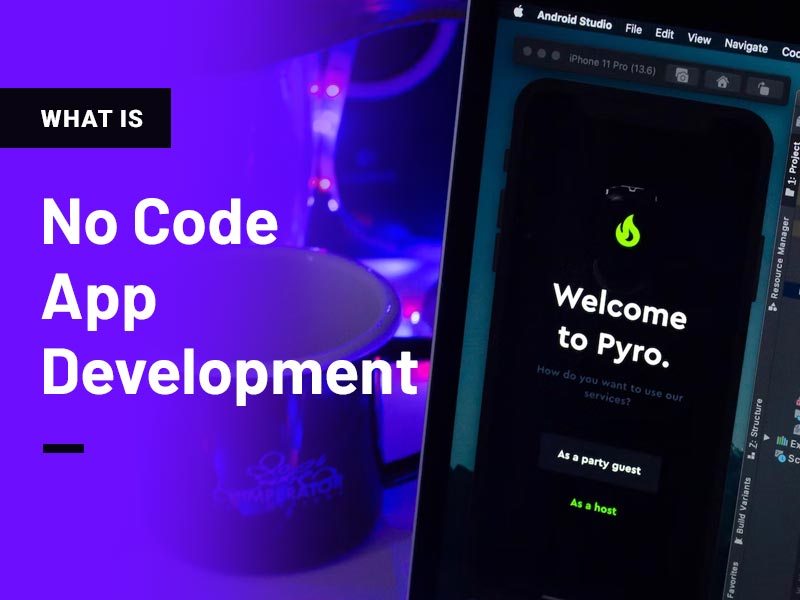The emergence of educational apps has played a pivotal role in the dramatic evolution of educational technology in recent years. These cutting-edge platforms are revolutionizing personalized learning by providing tools to create customized learning experiences for students all around the world.
Here’s a closer look at how apps are transforming the field of education.
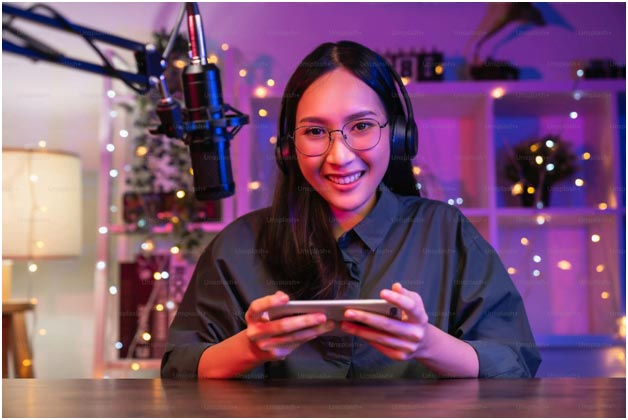
Tailored Educational Routes
The capacity to customize the learning material to match each student’s needs, pace, skill level, and interests is one of the biggest benefits of educational apps. Apps can provide individualized learning resources and pathways by thoroughly analyzing learner performance data. This guarantees that students stay interested and get tailored help to improve their comprehension.
In conventional educational environments, learners are frequently required to adjust to a consistent style of instruction. However, studying can be made more efficient and pleasurable by using educational apps that accommodate each student’s unique learning style and that’s exactly why dedicated teachers or teaching facilities create their own apps and ensure that their students reap the most benefit of their educational process. After all, in order to create an educational app with no coding skills, all you have to do is find the right app maker online.
Building your own app will provide your students with a road map to traverse their educational journey at their own speed and in a way that best fits their learning styles.
Adaptive and Interactive Content
With dynamic and adaptive material, educational apps are also transforming the way people learn. Compared to conventional one-size-fits-all learning approaches, they provide a more engaging experience with elements like gamification and interactive quizzes.
These apps’ adaptive algorithms enable the content to change as the learner does. The program strikes a balance between offering new tasks as users advance in skill and preventing overload or boredom. These apps make sure that learning is always a dynamic and interesting experience by continuously adapting to the learner’s progress.
Convenience and Accessibility
Another revolutionary feature of educational apps is their accessibility and ease of use. They put education at the fingertips of students, no matter where they are or what resources they have available. Because of the democratization of education, individualized learning is now available to everyone with a smartphone or tablet. It is no longer the domain of the wealthy and well-connected.
Educational apps can give students access to a high-quality education regardless of where they are in the world—in a busy city or a secluded village. For kids who might not have access to quality tutors or schools nearby, this is especially helpful. By removing geographical obstacles and leveling the playing field in education, individuals can study with knowledgeable educators all around the world using educational applications.
Constant Evaluation and Feedback
An essential component of successful learning is real-time feedback. For instance, app builders enable teachers to create apps that are customized to a learner’s progress and that provide immediate assessments, assist in identifying areas that need more attention, and reinforce learning through practice exercises.
These apps help teachers better understand their students’ strengths and shortcomings by offering ongoing feedback and assessment. This encourages a growth mentality by giving individuals the authority to take control of their learning process and concentrate on their areas of need for progress.
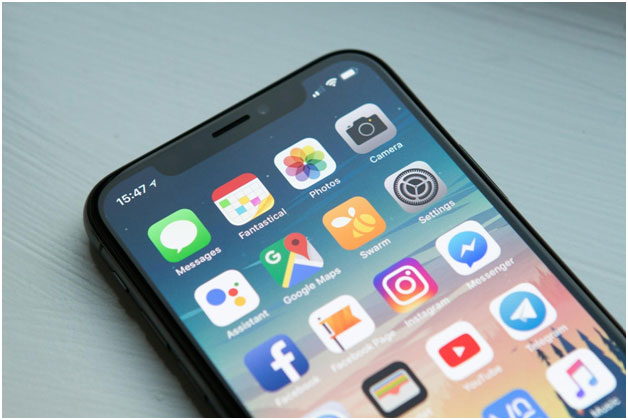
Tools for Collaboration in Peer Education
Collaborative features that let students work together, exchange ideas, and learn from one another are common features seen in apps. Peer-to-peer engagement fosters social and communication skills development in addition to improving the educational process.
Students can collaborate on projects, have group discussions, and even compete virtually with these tools, which simulate the interactive elements of a traditional classroom. As a result, students feel more connected to one another, which enhances the fun and satisfaction of learning.
Combining With Classroom Instruction
The purpose of educational apps is to enhance classroom instruction rather than take on the role of teachers. They give educators a platform to improve their lessons and offer more assistance where it’s needed. By keeping a thorough record of every student’s development, teachers are able to plan their lessons with knowledge.
Conclusion
Educational apps are driving the edtech revolution which is already worth around $340 billion, and customizing learning in ways never seen before. We may anticipate even more creative solutions to address the various demands of students, teachers, and institutions as technology develops further.
This will support individualized learning even more as the new cornerstone of contemporary education, allowing each student to realize their greatest potential.
